Fear of Stereotypes
May 31, 2016 · by Richard Farkas · 1
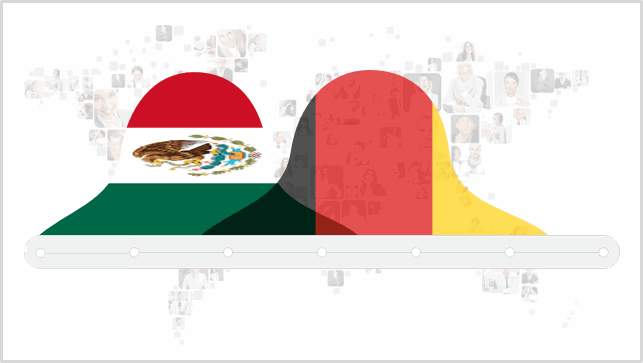
Recently I was working with a designer, a new provider for us, on some graphic material for CultureConnector. The first drafts were tidy, clear, eye-catching and hopelessly stereotyping of some well-known cultures.
We had a discussion: how to introduce cultural differences without making Germany to be all about big cars, arriving on time, leather trousers, Mexicans to be stylish and snoozing under big hats, Kenyans improvising low-tech solutions in Massai-bright multi-coloured clothes?
It was time to create images of difference without falling into the stereotyping trap.
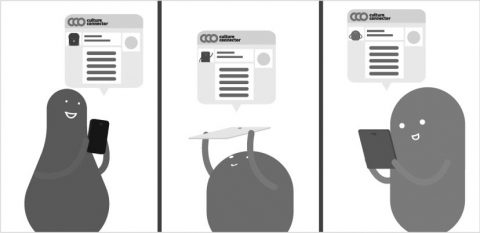
Draft Two
Draft Two came back a few days later: all the people had been replaced by geometric shapes. Symbolic cultural differences. And look, no stereotypes!
Fear of stereotyping was preventing us getting to the topic: the real impact of national cultural differences on human-to-human practical work situations.
What were we afraid of? If national cultures exist and if cultural differences matter to people who work alongside other nationals, we must be able to talk about that directly.
Beyond stereotypes
In our business, we’ve far moved beyond stereotyping, but we still run into fear (over-sensitivity) and tactlessness (wild generalisation) on an almost daily basis. How have we overcome the fear, and what prevents us falling into the stereotyping trap?
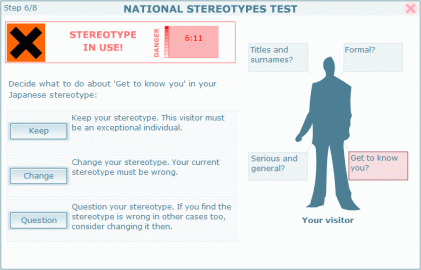
National stereotypes test
Advance knowledge: good.
For a long time we’ve offered a National Stereotypes Test, as part of our intro to the whole intercultural field. The exercise requires you to operate in a culture of which you have limited knowledge. Do you succeed better building relationships by abandoning the small amount you know and starting with a completely open mind? Hint: the key to success is cautious use of that little knowledge – while treating the people you meet as individuals. Success follows when you observe carefully and drop stereotypical approaches as soon as the individual shows unique individual preferences.
Pre-judgment: bad.
One of the tools we use is a scale. You might find yourself on one end or the other, or perhaps somewhere near the middle. Which is the good end and which is the bad? Or is the middle best? Naturally, there is no better or worse position. In a team, project or company, diversity brings advantages. The only “good” way of being on the scale is developing techniques for working with people on the left or right of you.

National culture isn’t everything
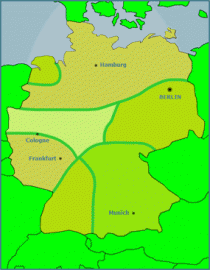
National culture is important. People who work internationally will tell you that at times it can seem to define your whole situation. But we all know that many of us reflect other influences strongly too: the profession, region, language, institution, religion and other strong cultures we’re part of. Some of the maps we’ve created for Argonaut over the years identify regional and even city-level characteristics which may be just as strong as the national culture.
Person-to-person
Personality may be the overriding factor: both yours and the personalities of the people you’re dealing with. In the end, it’s all about people-to-people interaction. National culture may be a useful lens, it may offer a quick-start guide to your new boss, partner, customer or even date. But pretty soon you’ll need to get personal. Then you’ll really need to get to know the individual preferences of the people and personalities you’re working with.
We’ve recently added person-to-person profiling in CultureConnector. Stereotyping crashes out when it is so easy to explore the personal level of intercultural interactions. How closely do you fit your national stereotype? Maybe just a little. Maybe not at all. If you are not sure, check it out in CultureConnector, and invite a friend to compare.
Diversity is a fact within national cultures, not just between
Another approach we’ve taken is to draw attention to minority communities who live inside the borders of a larger nation. Communities may be almost any kind of grouping. And we know from our families, schools, neighbourhoods and workplaces that people are different even if they share very similar backgrounds.
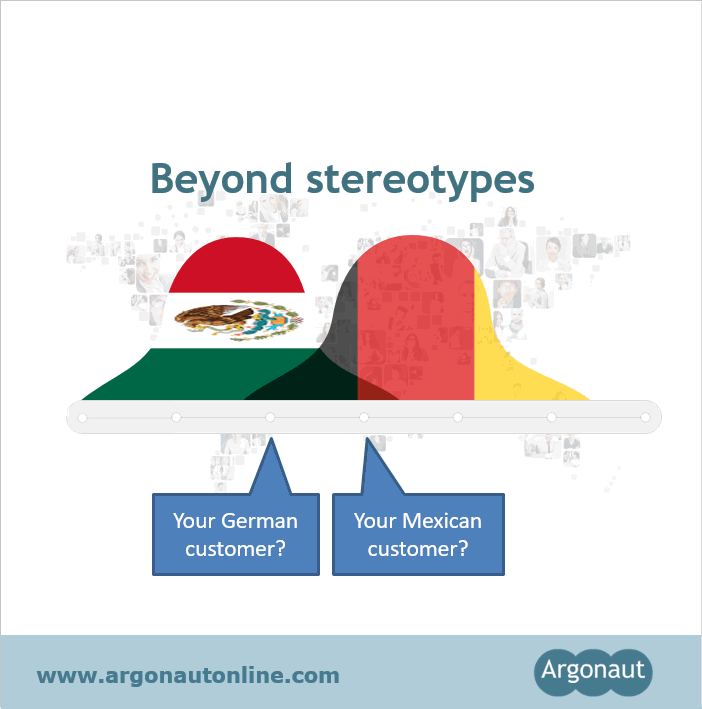
Stereotyping: it could end in tears
It’s time to lose our fear of stereotypes and use what we know, with caution and with sensitivity to the individuals we meet. This is also a call to embrace your own national culture, to know the other influences that make you unique and to discover the other layers which make up a person.
Another image we’ve used in Argonaut material over the years is the onion. It peels so readily to reveal new layers which were not visible from the outside. Misusing stereotypes will end in tears (eventually yours). But peeling back the many layers of a individual’s cultural influences will lead to tears of discovery (eventually joy).
Discussion 1 comments
Comments are closed.

Categorization and stereotyp should not be mistaken. Categorization helps to better view and understand groups of people. Stereotyp is applying with force a categorization on a group of people (more often than not inadvertently). The first is a tool, the second a mistake.